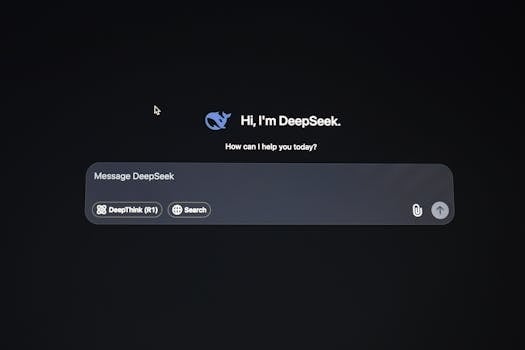Introduction
In recent years, deep learning algorithms have emerged as a transformative force in the field of medical image interpretation and rare disease diagnosis. These advanced computational techniques, which mimic the human brain’s neural networks, are capable of analyzing vast amounts of data with remarkable accuracy. As healthcare continues to evolve, the integration of deep learning into medical practices is not just a trend; it is a revolution that promises to enhance diagnostic capabilities and improve patient outcomes.
The Role of Deep Learning in Medical Imaging
Medical imaging encompasses various modalities, including X-rays, MRIs, CT scans, and ultrasounds. Traditionally, interpreting these images has relied heavily on the expertise of radiologists. However, the increasing volume of imaging data has made it challenging for human professionals to keep pace. Deep learning algorithms can assist in this process by:
- Automating Image Analysis: Deep learning models can automatically detect anomalies in images, reducing the time required for diagnosis.
- Enhancing Accuracy: Studies have shown that deep learning algorithms can achieve accuracy levels comparable to or even surpassing those of human experts.
- Identifying Patterns: These algorithms can recognize complex patterns in imaging data that may be missed by the human eye.
Case Studies: Success Stories in Medical Imaging
Several case studies illustrate the successful application of deep learning in medical imaging:
- Google’s DeepMind: In a landmark study, DeepMind’s AI was able to detect over 50 types of eye diseases from retinal scans with an accuracy of 94.5%, outperforming human specialists.
- Stanford University’s CheXNet: This deep learning algorithm was trained on over 100,000 chest X-rays and demonstrated the ability to detect pneumonia with an accuracy of 92%, significantly aiding radiologists in their assessments.
- PathAI: This company uses deep learning to improve the accuracy of pathology diagnoses. Their algorithms have shown promise in identifying cancerous tissues in biopsy samples, reducing diagnostic errors.
Deep Learning and Rare Disease Diagnosis
Rare diseases, defined as conditions affecting fewer than 200,000 people in the United States, often pose significant diagnostic challenges due to their low prevalence and the complexity of symptoms. Deep learning algorithms are proving invaluable in this area by:
- Facilitating Early Detection: By analyzing genetic data and clinical images, deep learning can help identify rare diseases at an earlier stage.
- Integrating Multimodal Data: These algorithms can process various data types, including genomic, clinical, and imaging data, to provide a comprehensive view of a patient’s condition.
- Supporting Clinical Decision-Making: AI-driven insights can assist healthcare providers in making informed decisions about rare disease diagnoses and treatment options.
Statistics Highlighting the Impact
The impact of deep learning on medical image interpretation and rare disease diagnosis is underscored by several compelling statistics:
- According to a report by the World Health Organization, misdiagnosis occurs in approximately 10-15% of cases, but deep learning has the potential to reduce this rate significantly.
- A study published in the journal Nature found that AI algorithms could diagnose skin cancer with an accuracy of 95%, compared to 86% for dermatologists.
- Research indicates that deep learning can reduce the time taken for diagnosis by up to 50%, allowing for quicker treatment initiation.
Challenges and Future Directions
Despite the promising advancements, the integration of deep learning in medical imaging and rare disease diagnosis is not without challenges:
- Data Privacy Concerns: The use of patient data raises ethical and privacy issues that must be addressed.
- Algorithm Bias: If training data is not diverse, algorithms may produce biased results, leading to disparities in healthcare.
- Regulatory Hurdles: The approval process for AI-driven diagnostic tools can be lengthy and complex, delaying their implementation in clinical settings.
Conclusion
Deep learning algorithms are revolutionizing medical image interpretation and rare disease diagnosis, offering unprecedented accuracy and efficiency. As these technologies continue to evolve, they hold the potential to transform healthcare delivery, making it more precise and accessible. However, addressing the challenges associated with data privacy, algorithm bias, and regulatory approval will be crucial for realizing the full benefits of this technological revolution. The future of medicine is undoubtedly intertwined with the advancements in artificial intelligence, paving the way for improved patient outcomes and enhanced diagnostic capabilities.
